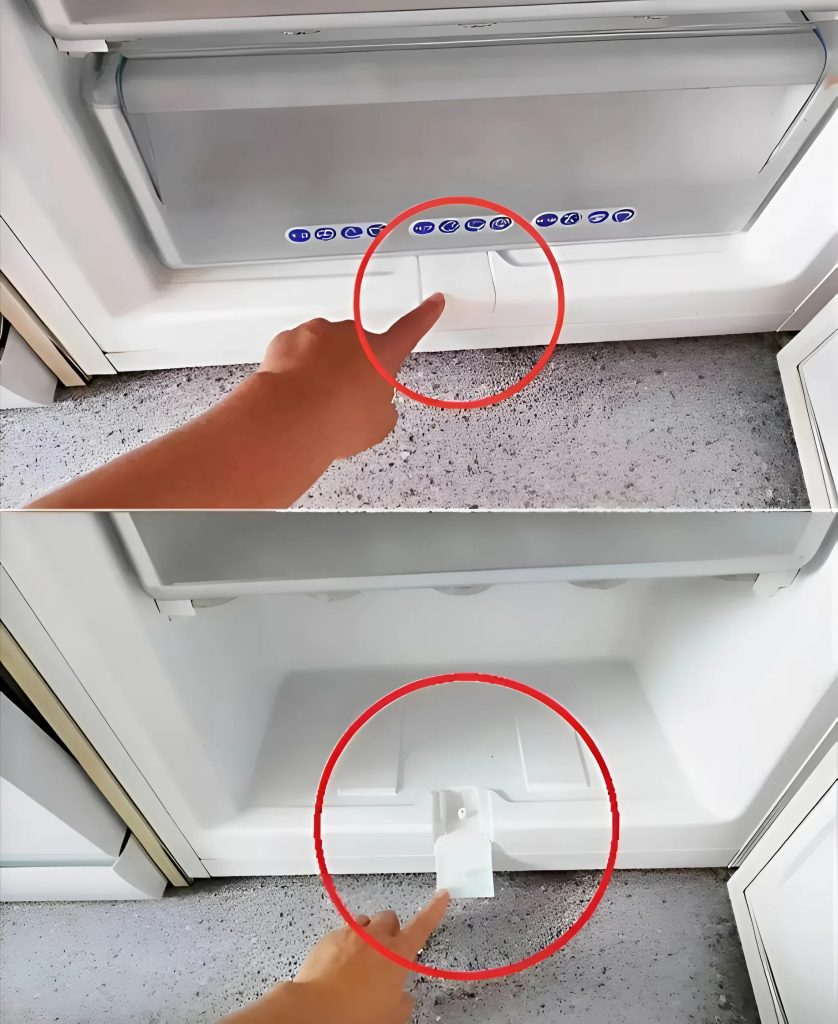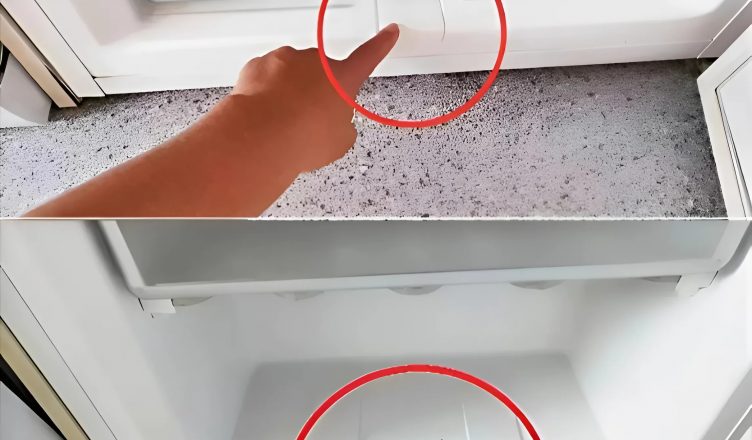Most of us think our refrigerator operates simply with a motor and a cooling system. However, there’s a hidden component inside your fridge that plays a critical role in its performance and longevity. Despite its importance, very few people know about it, let alone how it works.
What is this secret component? Why is it so essential? And how can you maintain it to extend the life of your refrigerator?
The answer might surprise you!
The Hidden Component That Makes All the Difference
Its name? The Start Capacitor.
Its function? It ensures that your refrigerator’s compressor starts and runs smoothly.
Its importance? Without it, your refrigerator might struggle to maintain the proper temperature or fail to turn on at all.
So why is it rarely mentioned? Because it operates silently in the background and is hidden behind the fridge’s rear panel. You might never even think about it—until a problem arises.
How Does the Start Capacitor Work?
The compressor is the heart of your refrigerator’s cooling system. It pumps refrigerant through coils to remove heat and keep your food fresh.
The problem? The compressor requires a high amount of power at startup to begin operating.
This is where the start capacitor comes in: it stores an electric charge and releases it in a sudden burst to help the compressor start running.
Without this extra power boost, the compressor may fail to turn on, and your refrigerator will stop cooling properly.
If the start capacitor fails, your fridge might struggle to cool food effectively or stop working entirely.
Signs of a Failing Start Capacitor
If your refrigerator is showing signs of malfunction, this tiny component might be to blame. Here are the key warning signs to watch out for:
The fridge doesn’t start or takes longer than usual to turn on.
The compressor makes strange clicking or humming sounds.
The interior temperature fluctuates, leading to food spoilage.
You notice a sudden increase in electricity consumption as the fridge struggles to maintain its temperature.
If you notice any of these issues, your start capacitor may need to be checked!
Can You Fix or Replace a Start Capacitor Yourself?
Good news: Yes, you can! Unlike some complex refrigerator issues, replacing a start capacitor is relatively simple if you have basic DIY skills.
How to Check and Replace a Start Capacitor:
Unplug the refrigerator – Before doing anything, make sure to disconnect it from the power source.
Access the back panel – Most refrigerators have the capacitor located near the compressor at the back.
Inspect the capacitor – A failing capacitor often shows visible signs of damage:
It may be swollen or cracked.
You might see burn marks.
It could emit a burnt plastic smell.
Replace if necessary – If the capacitor is damaged, you can easily buy a compatible replacement and swap it out by disconnecting the wires and securing the new one in place.
WARNING: If you are not comfortable handling electrical components, it’s best to call a professional technician.
How to Extend the Life of Your Start Capacitor and Prevent Failure
Maintaining your refrigerator isn’t just about keeping the shelves clean—it’s also about taking care of the internal components. Here’s how you can prevent capacitor failure and prolong your fridge’s lifespan:
Avoid power surges – Voltage fluctuations can damage the capacitor. Using a surge protector or voltage stabilizer can prevent this.
Keep the back of the fridge clean – Dust buildup around the compressor and capacitor can cause overheating. Cleaning the back every few months can prevent unnecessary strain on the system.

Don’t overload your fridge – Overloading forces the compressor to work harder, wearing down the capacitor faster.
Monitor early warning signs – If you notice unusual noises, temperature inconsistencies, or delayed startups, inspect the capacitor before the problem worsens.
Conclusion: A Small Component with a Big Impact
The start capacitor is one of the most overlooked yet crucial components of a refrigerator. Without it, your fridge wouldn’t be able to start or maintain proper cooling.
Key Takeaways:
It provides the necessary power boost for the compressor to start and run smoothly.
A failing capacitor can cause startup issues, unstable temperatures, and higher energy bills.
You can inspect and replace it yourself with basic tools and safety precautions.
Proper maintenance helps prevent costly repairs and extends your refrigerator’s lifespan.
So the next time your fridge acts up, consider checking this hidden yet essential component. It might just save you from an expensive breakdown!
